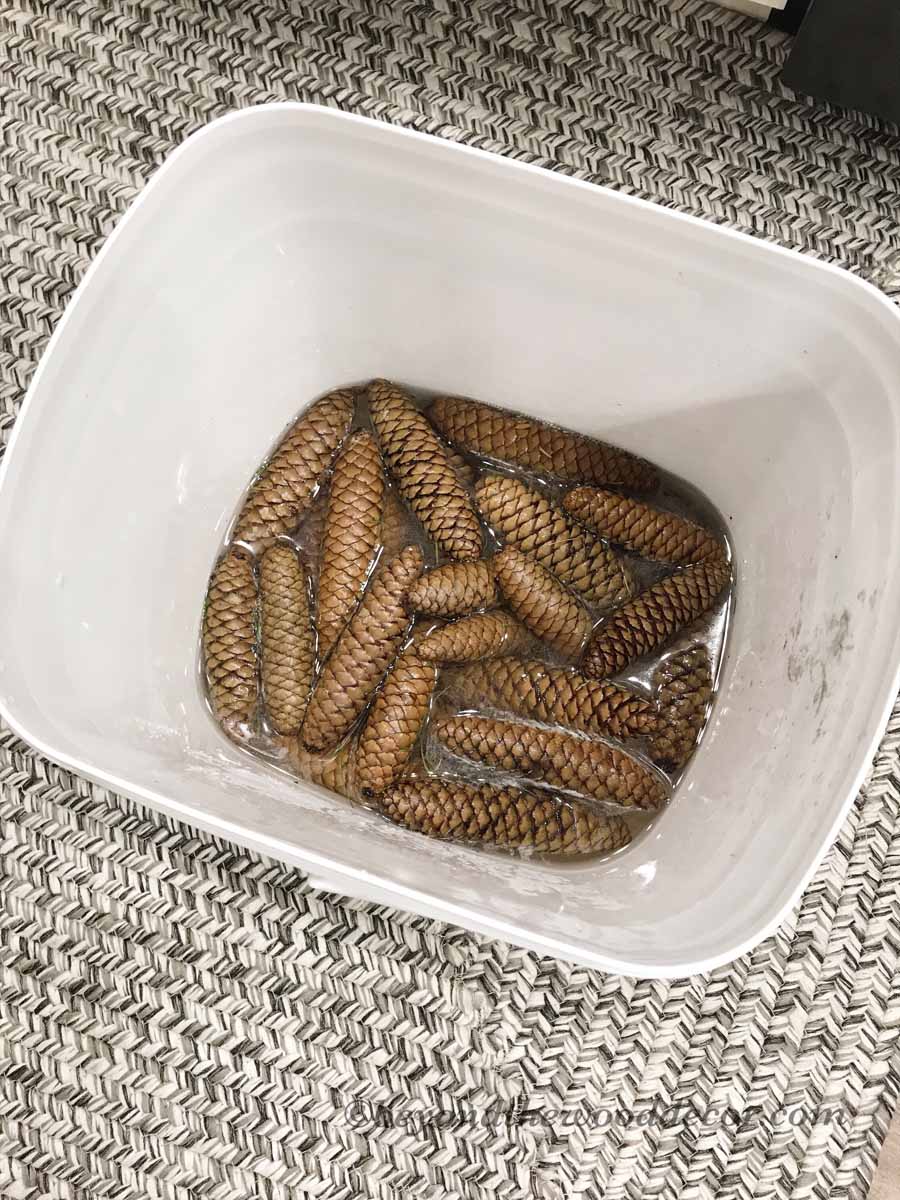

This 70 calibre weapon was developed in Sweden as the SjöAutomatKanon (SAK) L/70 based on the 57mm SAK L/60 built in the post-war period for the Swedish, French and Dutch navies. The gun was also fitted to 30 RAF Coastal Command Mosquito FB Mk XVIIIs, (informally known as the ‘Tsetse’) equipped with armour piercing rounds to penetrate the pressure hulls of surfaced U-boats.ĭevelopment of the Bofors 57mm of today began in the early 1960s. It was highly effective in the role, firing up to forty 2.7kg shells per minute. It was adopted by the RN for coastal forces and fitted to many MTB/MGBs in the power-operated Mark VII mounting. An entirely different weapon was the 6-pdr / 7cwt QF Mark IIA (43 calibre) with a Molins autoloader, developed by the Army for equipping tanks. It was subsequently fitted to a handful of destroyers operating in the North Sea for defence against motor torpedo and motor gunboats. It had a range of about 10km range and could fire up to eighteen 2.97kg shells per minute. The Quick-Firing (QF) 6-pounder 10 cwt (47 calibre) gun was a twin-barrelled weapon originally developed for coastal defence. Guns of this approximate calibre were seen as having a good balance between hitting power while being light enough to fit to small combatants or to larger ships without adding excessive top weight. There were two separate “6-pounders” designs of this size developed for naval use during the second world war. The RN has not had a 57mm gun in service since the 1950s. In the second of two articles examining these weapons, we look at the Bofors 57mm Mk3 gun. The Type 31 frigates will introduce two guns types new to Royal Navy service.


 0 kommentar(er)
0 kommentar(er)
